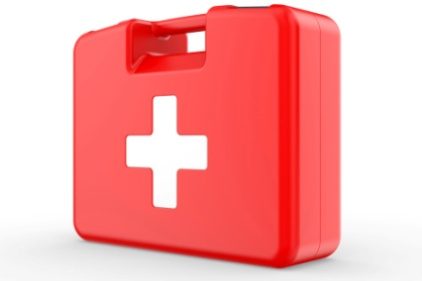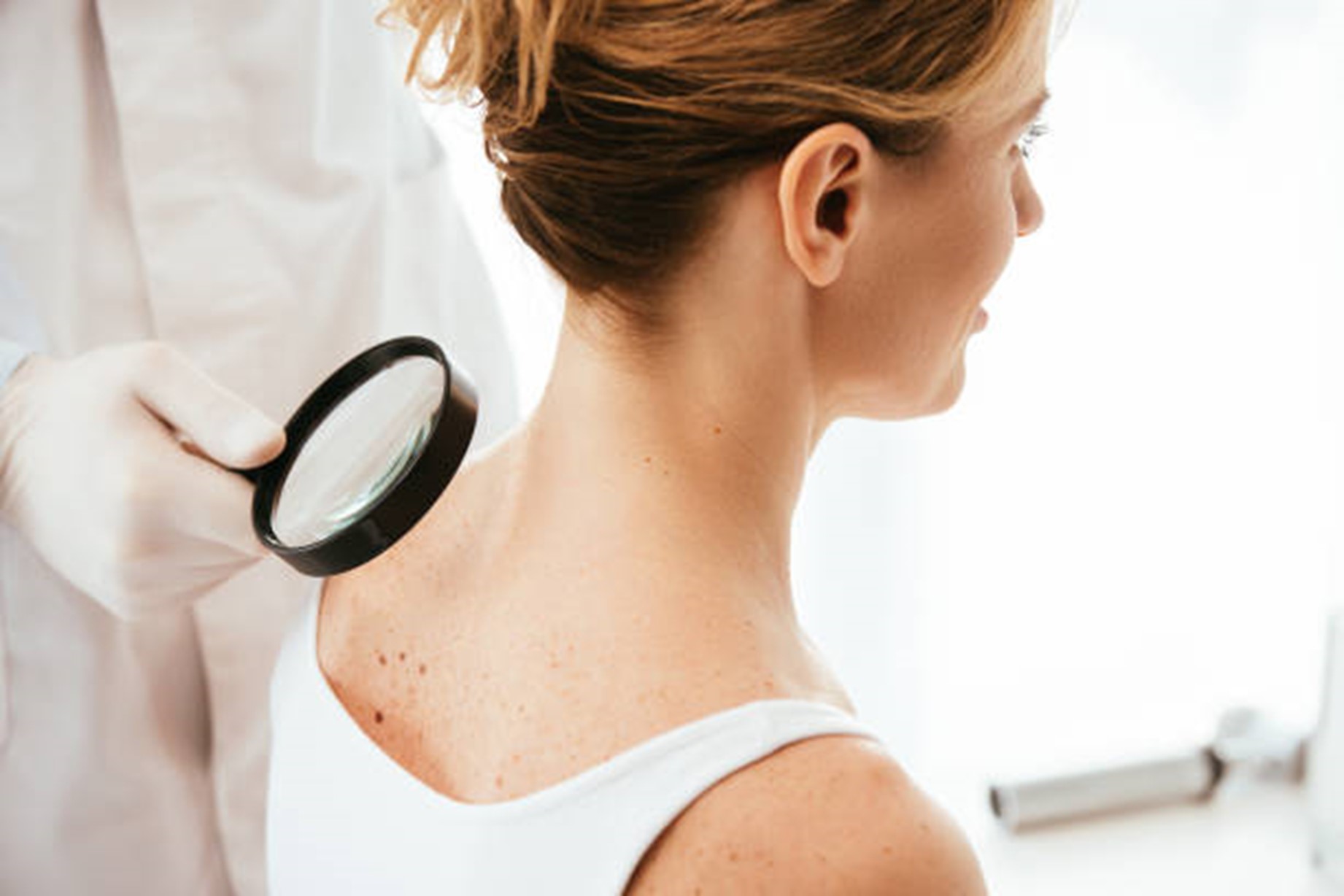The first response to any injury can be crucial. The availability of a well prepared first aid kit can be as significant as the knowledge of the first aid itself. And most people have used a first aid kit at least once. It is now mandatory for every building, be it a school or an office, every vehicle to have a first aid kit. That points to the importance of first aid kits, so might as well put some thought into preparing one.
There are ready-made first aid kits available in stores and also available at online pharmacy now, but one can gather a basic first aid kit by oneself. The factors that should be considered may vary depending on the purpose and the people who use the kit. If it is to be used while traveling, the medicines and other products included should be good enough to go on for long periods, where medication facilities are available. First aid kits for home should be assembled based on the age and health of people in the family. Kids may have frequent minor wounds or scratches from playing or other activities. Older people might have muscle strains, sprains, etc. There are other common problems like fever, cuts, allergies, insect bites, etc to which everyone is equally prone. So while preparing a first aid kit the purpose and the target group of people are of utmost priority.
The first aid kit can be bought from a store, or it can be a cardboard box if it is to be kept at home. For traveling purposes, it is always preferable to have a strong water-resistant, drop-proof container. And care should be taken in storing the medications securely and differentiated from other items in the kit.
List of basic items required for all first aid kits
- Cotton balls and cotton-tipped swabs (to clean a wound)
- Bandages ( to secure a broken limb or wound)
- Adhesive bandages (for dressing purposes)
- Bandage strips, butterfly bandages( assorted arrays, for cuts and minor wounds)
- Large triangular bandages (can be used as a sling for broken or wounded arms)
- Instant cold bags (can be used as a replacement for crushed ice on wounds or to reduce pain)
- Duct tape
- Disposable gloves( preferably several pairs)
- Surgical masks (can be used for CPR, or as a general precaution in the Covid pandemic)
- Gauze sponges and rolls ( for cleaning and dressing wounds)
- Non-adhesive pads ( for dressing wounds)
- Medical tape (to secure the dressing on wounds)
- Hand sanitizer
- Antibiotics ointment (Bacitracin, Neosporin, Polysporin applied on wounds to prevent infection)
- Thermometer (to know the body temperature)
- Antiseptic solution (to clean wounds before dressing, of any brand)
- Eyewash solution
- Syringes
- Hydrogen peroxide (can be used as a mild antiseptic on small wounds)
- Petroleum jelly
- Scissors and tweezers (to cut bandages and to remove splinters, if any, from wounds)
- Safety pins(all sizes, to secure bandages if required)
- Disposable bags(all sizes)
- First aid manual
List of basic medication required for all first aid kits
- Antibiotics ointment(Bacitracin, Neosporin, Polysporin applied on wounds to prevent infection)
- Pain relievers (pain-relieving sprays for body pain)
- Aspirin (as a pain killer, do not give aspirin to children)
- Antacids (for indigestion and acid reflux)
- Cough and cold medications
- Personal medications (as prescribed)
- Aloe Vera gel
- Calamine lotion
Other emergency items required for all first aid kits
- Emergency contact numbers, such as phone numbers to the family doctor, local police station, hospitals, and relatives.
- Cotton packet and Antiseptic Liquid to clean wound, If required
- Bp and heart rate monitoring machine
- Common eye drop which can be used for all purpose and giving at least temporary relief
- If you are suffering from specific disease then you will put all your medicines and prescription in first aid kit
The area where the first aid kit is kept is also important. If it is at home, make sure that it is reachable in case of emergencies. Also, take care that it is out of children’s reach. Another crucial practice is to make children first aid able, according to their age. Keep checking the first aid kit often, replace expired products, and consumed products.



